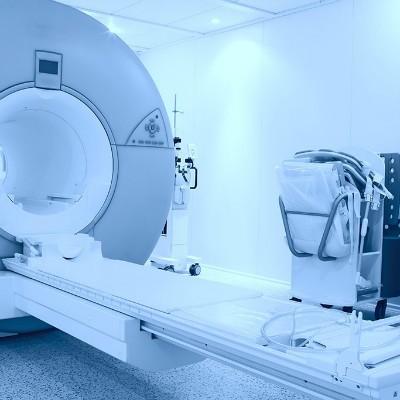What symptom does subacute necrotizing myelitis have?
summary
Subacute necrotizing myelitis is also known as FOIX Alajouanine syndrome (FAS). Clinically, it is characterized by progressive spinal cord injury caused by spinal cord blood supply disorder, which is a special type of chronic spinal radiculitis. The most common cause may be intradural arteriovenous malformation. So what symptom does subacute necrotizing myelitis have?
What symptom does subacute necrotizing myelitis have?
The main clinical manifestation is progressive spinal radiculitis. About half of them may have acute pain and sensory disturbance, or intermittent sciatica. It may also present as complete transverse spinal cord injury, or transient weakness and sensory disturbance, followed by progressive spinal nerve root symptoms.
Most of them are young adults. There may be a history of infection such as fever before the disease. Most of them are complete spinal cord transverse damage, sometimes they can also be manifested as anterior spinal artery syndrome. At the beginning of the disease, there is often a slight increase in the number of white blood cells in cerebrospinal fluid. This disease causes paraplegia very quickly, pain is more serious and extensive. The protein content of cerebrospinal fluid increased significantly or even turned yellow. The diagnosis of this disease can be made by imaging examination and the primary lesion should be found out.
Intramedullary hemorrhage has a history of trauma, characterized by sudden onset, acute back pain at the onset, and severe spinal cord transverse damage after several minutes to several hours. A large amount of bleeding can break through the soft spinal membrane and make cerebrospinal fluid examination bloody. Spinal imaging examination has traumatic spinal dislocation and other changes, which is more conducive to the diagnosis. The diagnosis can be confirmed by myelography or MRI.
matters needing attention
There is no effective prevention method for arteriovenous malformation. Prevention of trauma, early diagnosis, Neurointerventional therapy and intensive nursing can reduce blood supply, reduce venous congestion and improve spinal cord function. This technique is considered to be more effective in limited clinical trials. It is the main measure to improve the function of spinal cord. Pay attention to the prevention of secondary pneumonia, bedsore and urinary tract infection.












